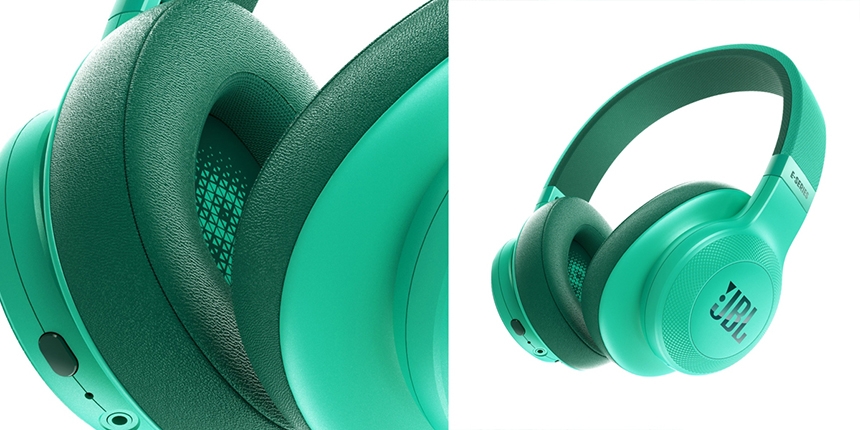
Learn about Product Rendering

What is product rendering?
For the purposes of this article, let's define 'products' as the mass-produced consumer goods that we all like to buy - such as mobile phones, radios, headphones, kitchen equipment, and much more... it's basically nearly all the stuff in your house that's not clothing, furniture or wall art.
Rendering is the process of calculating a photorealistic image from a 3D model loaded into 3D rendering software on a computer.
So 'Product Rendering' is the process of generating computer-generated virtual photographs of product designs, usually from the 3D CAD models created during design and manufacture. Although sometimes 3D artists model the products themselves if the 3D data is not available.

Why are product renderings needed?
There are 2 primary reasons we need product rendering:
Product Rendering for Design Presentation
The product design process requires new designs to be presented and evaluated. The appearance of a product - its form, materials, and finishes - are very important ingredients in ensuring market success. So being able to easily and quickly create photorealistic images of the new design using its design CAD data allows the team to make well-informed creative decisions, without the guesswork involved in judging sketches and illustrations that may not be accurate at all.
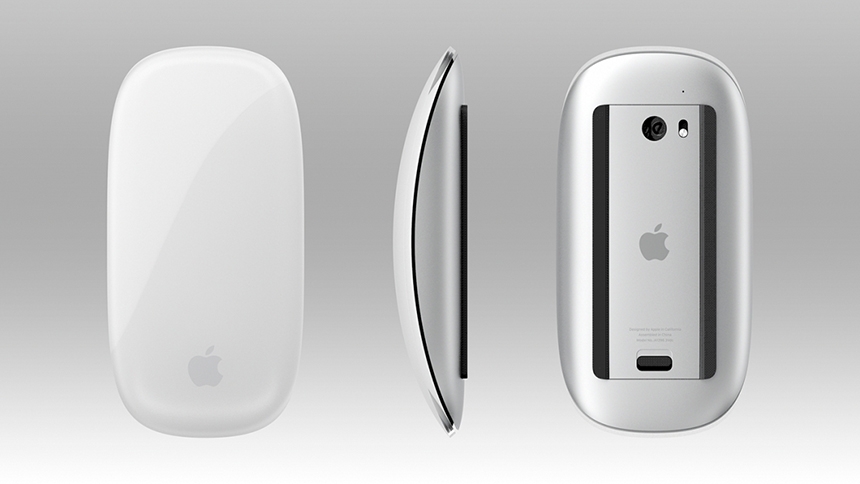
This is particularly important when the design is being viewed by none designers - so during market research or when being approved by business management - where they may not be able to imagine the product unless it's shown to them using accurate 3D product rendering.
Product images are no substitute for well-finished physical prototypes, where the product design can be handled and experienced at the correct scale, and where you can interact with the surface finishes and see them react to the lighting and surroundings. But prototypes are costly to produce and you will need to wait many weeks for them to be completed. So realistic 3D product rendering provides a quick way to showcase the proposed design.
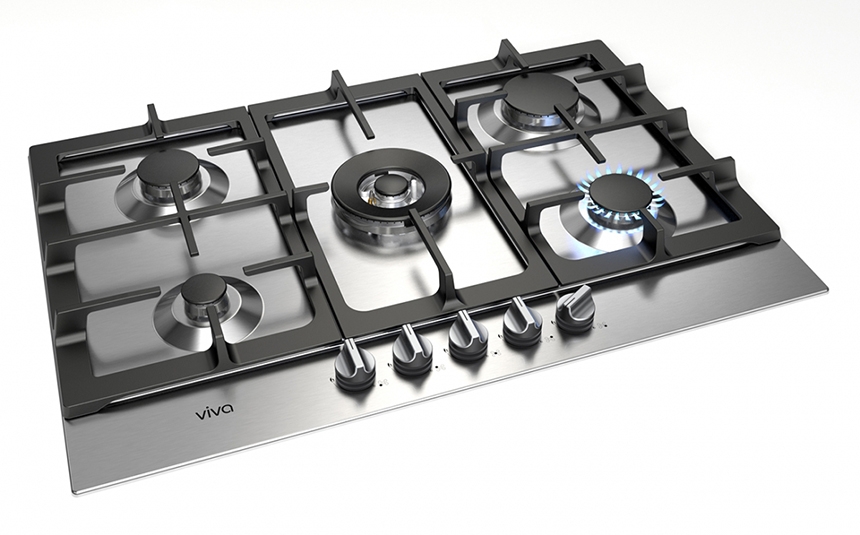
In summary - realistic 3D product rendering will accurately communicate a new design during all stages of the design process and enables well-informed design approval and feedback. It is way faster and less costly than producing multiple physical prototypes.
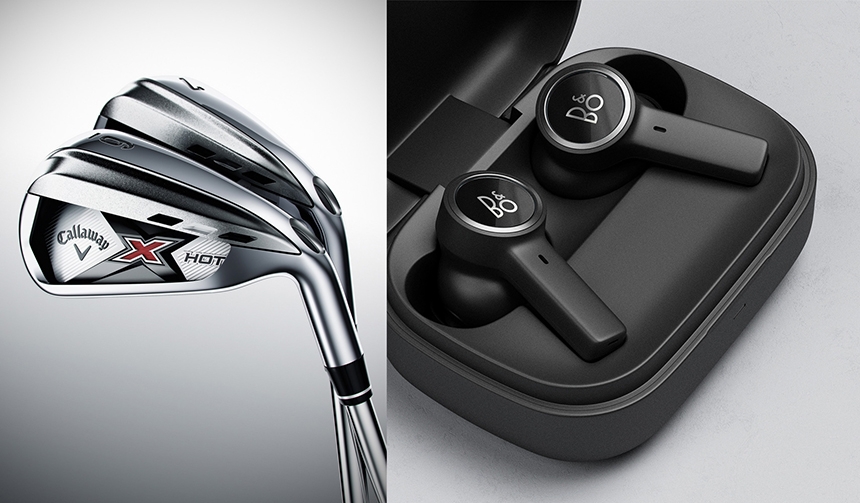
Product Rendering for Marketing
3D visualization provides the following advantages over real-world product photography for marketing and advertising purposes.
Virtual photographs before products exist
Product visualization can be produced prior to the product being manufactured. This accelerates the processes for creating the packaging and advertising assets for the product. Allowing the product to be released faster onto the market, and even allowing marketing to start prior to the product being available, allowing pre-orders to be taken (e.g. kick starter).
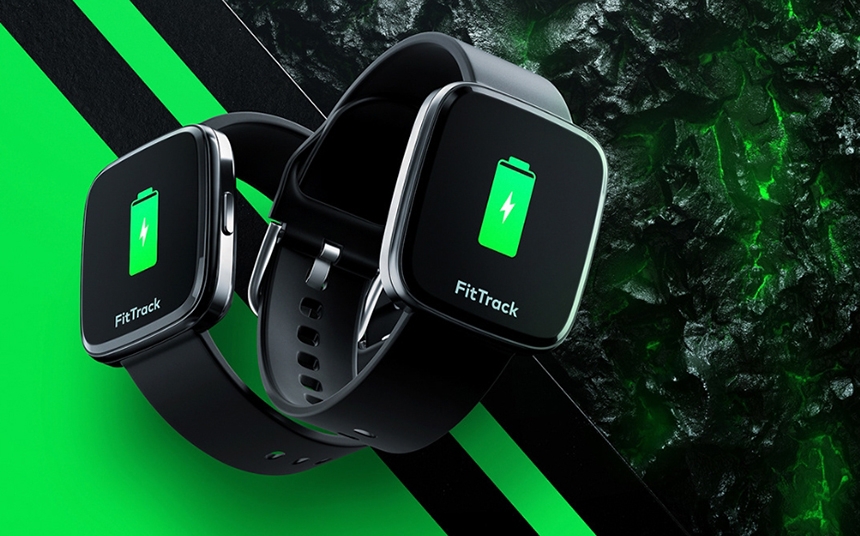
Clean photorealistic images
Virtually all product photography is retouched to remove imperfections - like dust and scratches from the product and set. It's easy to produce really clean perfect imagery using 3D rendering software, where there are no imperfections to remove (unless you add them on purpose).
Multiple variants
Using rendering tools, it is very easy to produce multiple variants of the product design - for example, the same product with different color materials. On a real photo shoot, you would need to receive multiple products in every color and ensure they were free of dust and ready to shoot, making sure each was placed in exactly the same position for every shot.
Product visualization is perfect for easily producing huge sets of images. In many 3d rendering tools, this process can be automated for the mass production of product renders from different angles and with different materials and lighting.
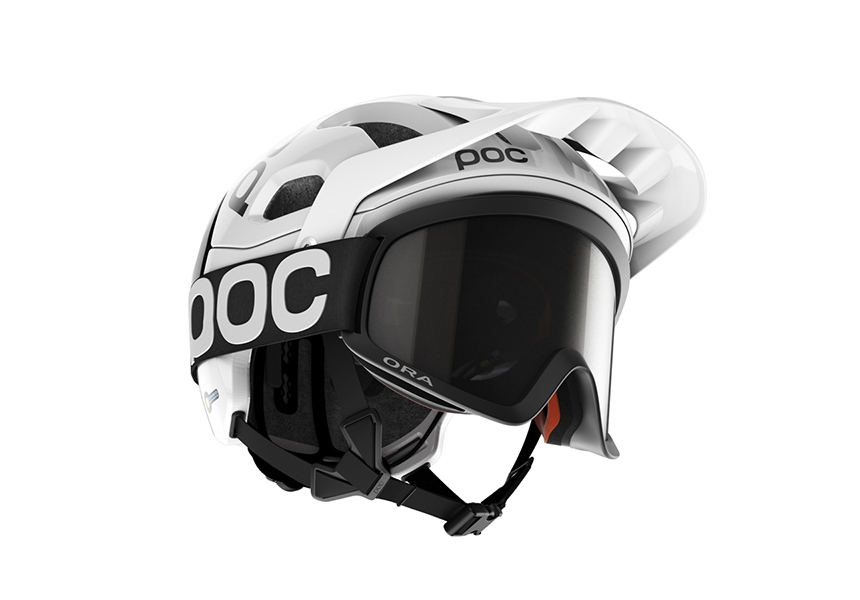
On location
With 3D rendering software, it can be easy to render both studio shots and to see the product in different locations. HDRI maps can photographically capture a real-world environment. These HDRI maps can be loaded to surround the 3D scene in your rendering software and give the impression your product is inside the location.
So the lighting, reflections, and background give the mood and atmosphere of the product in context. For example, you could place a kitchen product inside an HDRI map of a kitchen.
Using ready-made HDRI maps of locations can be lower cost and will save time compared to organizing multiple photo shoots of the real product in different locations. Using 3D software, simple environments can be modeled faster and cheaper than building a photo set in real life. So if you have a very specific look and feel you want, you can get total creative control with product rendering.
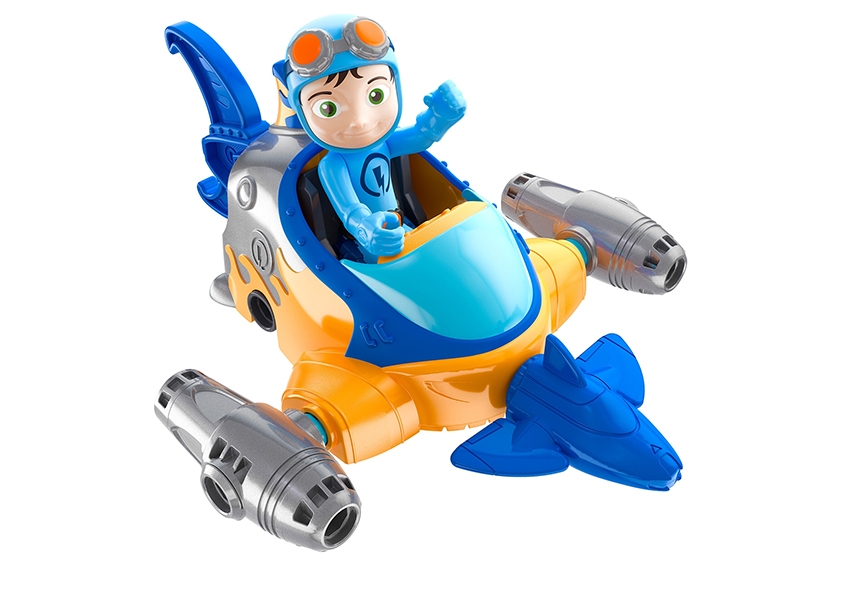
Revisit projects with consistency
Once your set of marketing images has been produced, if in the future the same product was available in a new color or with a design refresh, the 3D project file can be opened and updated to produce a new set of images that perfectly match the camera angle and lighting of the previous imagery. It is hard to get this level of consistency with product photography.
Versatile assets
Preparing 3D data for product rendering can take time. Product rendering should not be thought of as a cheap alternative to product photography - the rendering cost could be more. If you need a single shot of a single product that you have available to shoot, then real-world photography could be the most cost-effective option.
The cost reduction benefits of product rendering come from the combination of the benefits listed above. Plus the 3D models used for product rendering of still marketing images can be used for animation and real-time presentations of the product over the web. So think of a well-prepared 3D asset as an investment in more than just the product renders.
This entry was posted in and tagged Industry: Product.



